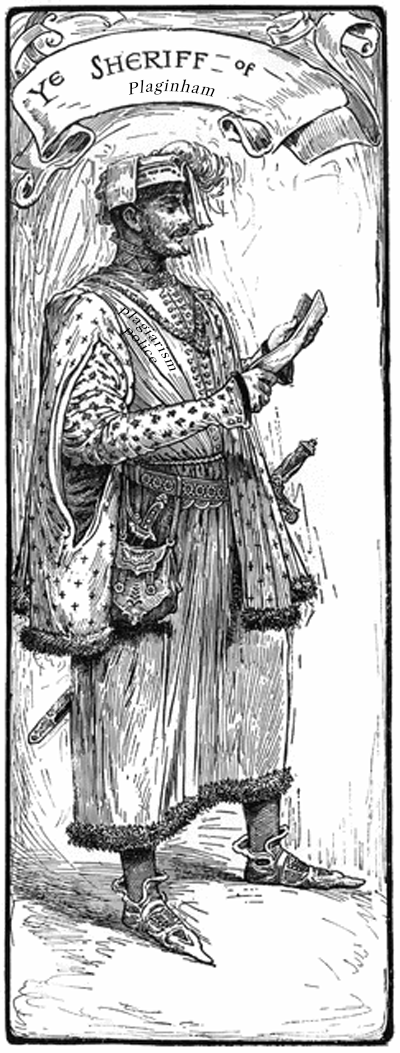Student Authorship and Copyright on Turnitin
Numerous articles have been published within writing studies that are highly critical of plagiarism detection services (PDS), but their use remains prevalent both within and beyond the field. As Clancy Ratliff (2018) observed, "plagiarism is considered to be such a shocking transgression, [but] many teachers have embraced PDS in the service of justice: these platforms serve as sheriff (of sorts), keeping everyone honest" (p. 151). We often wonder if some whom we interact with, both within and outside of writing studies, interpret critiques of PDS platforms as an abstract form of technological moralism: "What kind of topsy-turvy ethics is this? I'm a good instructor upholding academic integrity! My own IP transgressions pale in comparison to those the plagiarists have made!" Yet, the aim of these disciplinary efforts has been to raise awareness of the ways these platforms are rooted in an asymmetrical economy that is not only unethical and pedagogically unsound (e.g., Morris & Stommel, 2017; Price, 2002; Purdy, 2005; Vie, 2013), but also problematic and unsustainable from an exchange perspective.
| Category | Category Attributes |
|---|---|
| Users | Students; graduate teaching assistants; instructors; faculty; programmatic, department, and institutional administrators; academic support staff; information technology staff; platform employees and staff |
| Permissions | Instructors or programmatic, department,
and/or institutional administrators purchase
licenses to the platform and compel students to
upload papers to platform as condition of
participation in courses. Student or instructors upload papers to PDS. Click-wrap agreement where student agrees to platform terms of use. Policies such as end-user license agreements (EULAs), as well as platform-specific copyright and privacy policies, govern use. |
| Inputs | Student assignments, theses, dissertations, faculty articles, student names, dates, course, institution, number of citations, assignment type/genre, professor, style, lexicon, IP address, interactivity/behavior within platform, time spent logged in/active within platform, file metadata, geolocation, browser, computer. |
| Operations | Spiders or indexing tools crawl textual, web (e.g., Wikipedia), and database (e.g., Proquest) content, creating unique and/or comparable co-locations. Comparative analysis identifies n-grams when a segment of text resembles content previously indexed by the repository. |
| Outputs | Originality reports, phrases or sentences
flagged within a document for further review, or
tutorials that explain how a student might
address or improve originality of a statement
(e.g., a sentence flagged as unoriginal
paraphrase [patchwriting] initiates a tutorial
that explains strategies the student might use
to improve the quality of the paraphrase). Proprietary database of academic writing. Proprietary algorithms trained using database. |
| Gateways | Institutions or individuals pay fee or
license use of platform services. Students, instructors, and administrators gain ability to compare new inputs to a local or proprietary database of writing, including differential access to individual, course, and institutional reports and platform analytics insights. Access to original inputs not provided to institutions, instructors, or students. |

While academics and teachers debate the tension between institutional academic integrity and student authors' rights vis-à-vis PDS platforms, those choosing to utilize Turnitin have bestowed the company with "a non-exclusive, royalty-free, perpetual, worldwide, irrevocable license" (as spelled out in Turnitin's "Terms of Use") to students' IP. In seeking a means to certify the integrity of learning, educators and administrators have ceded control of what might be classified as the the largest archive of student writing that has ever been amassed (Purdy, 2009). Moreover, Turnitin has claimed that it will use student IP "for the limited purpose of...providing the [plagiarism detection] Services," but the platform's user agreement also denotes that student IP can be used "for improving the quality of the Services generally."
Certainly, bestowing rights to access student IP is pedagogically significant, but also economically and creatively significant. Within a legal framework that regards transformative, value-added uses of copyright protected works, such as fair uses of IP (which the 2009 ruling of A.V. ex. rel. Vanderhye v. iParadigms, LLC (2009), the parent company of Turnitin, appeared to suggest), educators, students, and administrators need to realize the implications of granting access to the raw IP students produce within pedagogical contexts. Once educational platforms like Turnitin have access to a steady stream of student IP inputs, they can mine, repackage, and resell those inputs as new productive outputs. The ambiguity of terms of use statements that govern how platforms might utilize student IP, specifically sections which platforms use to carve out opportunities to improve services, enables platforms to pivot from the core service to offer new and innovative services that repurpose inputs by building on them in ways that users might not expect or support. For instance, a representative from Turnitin recently announced on WPA-L that it was seeking to hire a Director of Pedagogy as it "shift[s] from [being] a plagiarism prevention company to a writing instruction company" (Mayfield, 2017).
Consequently, we wonder if students, educators, administrators, universities, and disciplines (and, perhaps, even platforms themselves) have underappreciated the innovative potentials that are wrapped up with having access, especially exclusive forms of access, to a rich supply chain of student IP—content, data, and metadata— that is generated within schools and university. Granting platforms these levels of access to student IP inputs, then, creates opportunities for downstream parties to make derivative works and products, which Turnitin has done from its reenvisioning what might be done with such a vast and proprietary collection of student papers. Just as proponents of open access have turned toward interrogating and critically thinking about what it means for scholars to publish in journals and books cordoned off behind pay-per-view paywalls, we, too, must begin to consider what it means for us to participate in systems where we grant third parties access to student IP, because these platforms might make use of inputs in ways that may not align with the pedagogical and social outcomes that educators, colleges and universities, and disciplines are working toward.